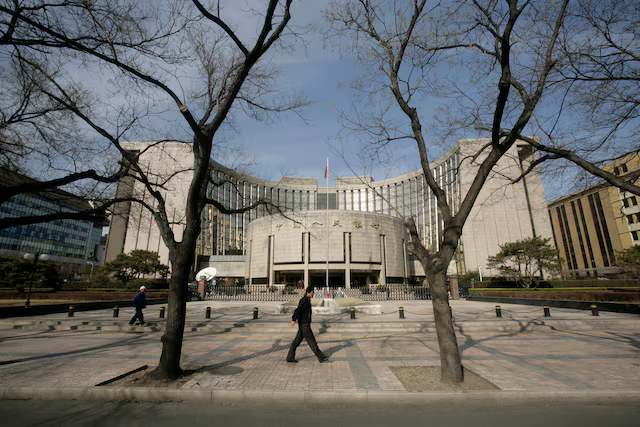China’s central bank has signaled a firm stance on managing the yuan’s value, a move that has helped restore calm across Asia’s foreign exchange markets following a period of heightened volatility.
By keeping the daily reference rate for the yuan steady as markets reopened after a public holiday, the People’s Bank of China (PBOC) has made clear that it intends to resist a sharp appreciation of its currency against the US dollar.
The PBOC set the yuan’s daily midpoint at 7.2008 per dollar, essentially unchanged from its level before the holiday. This decision came despite recent gains in the offshore yuan and a broader rally in regional currencies. Analysts interpret the move as a signal that Chinese authorities do not wish to allow the yuan to strengthen significantly—especially amid ongoing uncertainties around potential trade agreements.
China’s cautious approach is viewed by many market participants as a stabilizing force for the region. As Asia’s largest economy, China wields considerable influence over regional monetary dynamics. A steady yuan often serves as an anchor for other Asian currencies, curbing extreme fluctuations.
“They have no desire to allow the yuan to strengthen in anticipation of a trade deal which may not eventuate,” noted Khoon Goh, head of Asia research at ANZ Bank, emphasizing Beijing’s prioritization of stability over speculative gains.
The currency rally began with a sharp move in the Taiwanese dollar, which surged by as much as 5% against the greenback on Monday—its most significant gain in decades—before easing slightly. Other currencies, including the Malaysian ringgit and South Korean won, have also posted notable gains in recent weeks. The Japanese yen, meanwhile, has appreciated modestly.
China’s firm stance was echoed by other central banks in the region. Taiwan’s monetary authority intervened to moderate its currency’s rise and issued a warning against “irresponsible speculation,” while Hong Kong’s central bank sold the local dollar to maintain its exchange rate band.
Underlying much of the recent currency movement is market speculation about trade negotiations with the United States. Analysts suggest that some Asian economies might be positioning their currencies favorably as part of broader trade strategies. The US Treasury has also been monitoring currency practices in the region, adding further complexity to the situation.
In choosing to maintain a stable yuan, China appears to be balancing geopolitical concerns with economic imperatives. The move provides relief to Chinese exporters facing pressure from high US tariffs, while also aligning with President Xi Jinping’s emphasis on exchange rate stability amid broader global uncertainty.









The latest news in your social feeds
Subscribe to our social media platforms to stay tuned